Reblooming Mountain Hydrangea: The Ultimate Guide
Reblooming Mountain Hydrangea: The Ultimate Guide
Hydrangeas are a popular choice for gardeners because of their beautiful flowers and relatively easy care. However, not all hydrangeas are created equal. Reblooming mountain hydrangeas are a special type of hydrangea that blooms twice in a single season. This makes them a great choice for gardeners who want to enjoy their flowers for as long as possible.
In this guide, we will discuss everything you need to know about reblooming mountain hydrangeas. We will cover topics such as:
- Choosing the right reblooming mountain hydrangea for your needs
- Planting and caring for reblooming mountain hydrangeas
- Pests and diseases of reblooming mountain hydrangeas
- Troubleshooting common problems with reblooming mountain hydrangeas
We hope that this guide will help you to enjoy your reblooming mountain hydrangeas for many years to come.
Choosing the Right Reblooming Mountain Hydrangea
There are many different varieties of reblooming mountain hydrangeas available, so it is important to choose one that is suited to your specific needs. Some factors to consider include:
- Size: Reblooming mountain hydrangeas can range in size from small shrubs to large trees. Choose a variety that will fit in the space you have available.
- Color: Reblooming mountain hydrangeas come in a variety of colors, including blue, pink, purple, and white. Choose a color that will complement the other plants in your garden.
- Hardiness: Reblooming mountain hydrangeas are generally hardy in USDA zones 4-9. However, some varieties are more cold-hardy than others. If you live in a cold climate, choose a variety that is specifically suited for your area.
Once you have considered these factors, you can start to narrow down your choices. There are many great reblooming mountain hydrangea varieties to choose from, so you are sure to find one that you love.
Planting and Caring for Reblooming Mountain Hydrangeas
Reblooming mountain hydrangeas are relatively easy to care for. They prefer full sun to partial shade and moist, well-drained soil. They should be planted in the spring or fall.
When planting, amend the soil with compost or other organic matter. Water the plant deeply after planting and regularly throughout the growing season. Mulch around the plant to help retain moisture and suppress weeds.
Reblooming mountain hydrangeas do not require a lot of fertilizer. A light application of fertilizer in the spring will help promote blooms.
Pests and Diseases of Reblooming Mountain Hydrangeas
Reblooming mountain hydrangeas are generally resistant to pests and diseases. However, they can be susceptible to aphids, scale, and powdery mildew. If you notice any pests or diseases on your plant, treat them immediately with an appropriate pesticide or fungicide.
Troubleshooting Common Problems with Reblooming Mountain Hydrangeas
If your reblooming mountain hydrangea is not blooming, there are a few possible reasons. First, make sure that the plant is getting enough sunlight. Reblooming mountain hydrangeas need at least six hours of sunlight per day.
Second, check the soil moisture. Reblooming mountain hydrangeas need to be watered regularly, but they should not be overwatered. Allow the soil to dry out slightly between waterings.
Finally, make sure that the plant is getting enough fertilizer. A light application of fertilizer in the spring will help promote blooms.
If you have addressed all of these factors and your plant is still not blooming, you may need to consult with a garden expert.
If you're looking for a beautiful and easy-to-care-for hydrangea, the reblooming mountain hydrangea is a great option. These shrubs are known for their stunning lacecap flowers, which can be pink, blue, or purple depending on the soil pH. They're also rebloomers, meaning they'll produce flowers twice a year: once in the summer and again in the fall.
Reblooming mountain hydrangeas are relatively hardy and can tolerate a wide range of conditions. They prefer partial shade, but can also grow in full sun if given enough water. They're also relatively drought tolerant once established.
If you're interested in learning more about reblooming mountain hydrangeas, I recommend visiting . This website has a wealth of information about these shrubs, including planting, care, and troubleshooting tips.
FAQ of reblooming mountain hydrangea
- What is a reblooming mountain hydrangea?
A reblooming mountain hydrangea is a type of hydrangea that blooms twice in a single season. The first bloom occurs on old wood in early to midsummer, and the second bloom occurs on new growth in late summer to fall. Reblooming mountain hydrangeas are a popular choice for gardeners because they offer extended periods of colorful blooms.
- What are the best conditions for growing a reblooming mountain hydrangea?
Reblooming mountain hydrangeas prefer full sun to partial shade and moist, well-drained soil. They are relatively cold-hardy and can tolerate USDA hardiness zones 5-9. In hot climates, they may benefit from afternoon shade.
- How do I care for a reblooming mountain hydrangea?
Reblooming mountain hydrangeas are relatively easy to care for. They require regular watering, especially during hot, dry weather. They also benefit from annual fertilization in the spring. In the fall, you can prune them back to about 1/2 their height to encourage new growth and blooms the following year.
- What are some common problems with reblooming mountain hydrangeas?
Some common problems with reblooming mountain hydrangeas include:
- Leaf spot: This fungal disease can cause brown or black spots on the leaves. To prevent leaf spot, water the plant at the base and avoid overhead watering. You can also treat the plant with a fungicide.
- Pests: Reblooming mountain hydrangeas can be susceptible to a variety of pests, including aphids, scale insects, and spider mites. To control pests, you can use insecticidal soap or neem oil.
- Winter damage: Reblooming mountain hydrangeas can be susceptible to winter damage in cold climates. To protect the plant, you can mulch around the base of the plant and cover it with a burlap sack or other protective material during the winter.
- What is the best way to propagate a reblooming mountain hydrangea?
Reblooming mountain hydrangeas can be propagated by taking cuttings in the spring or summer. To take a cutting, choose a healthy stem that is about 6 inches long. Make a cut just below a leaf node. Remove the bottom leaves from the cutting and dip the cut end in rooting hormone. Plant the cutting in a pot of moist potting mix. Keep the soil moist and the pot in a warm, shady location. The cutting should root in about 4-6 weeks.
Image of reblooming mountain hydrangea
5 different images of "reblooming mountain hydrangea" from Pinterest:
- A close-up of a reblooming mountain hydrangea flower. The flower is white with pink and blue accents.
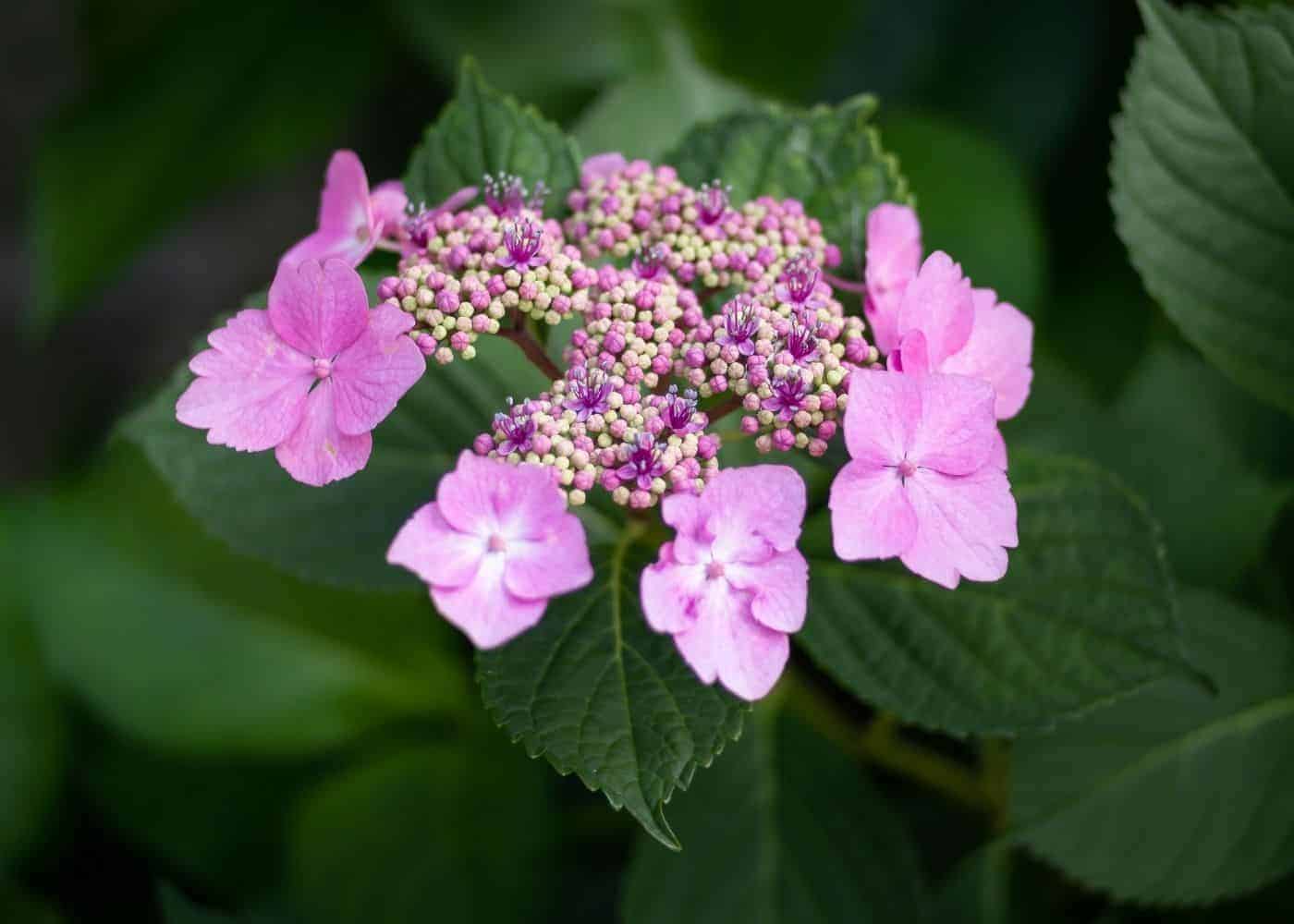
- A full shot of a reblooming mountain hydrangea bush. The bush is covered in white flowers with pink and blue accents.
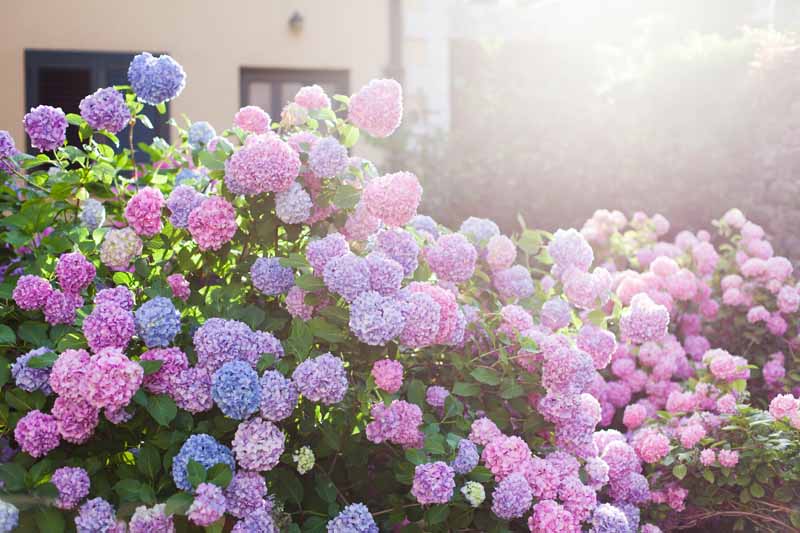
- A reblooming mountain hydrangea bush in bloom. The bush is surrounded by lush green foliage.
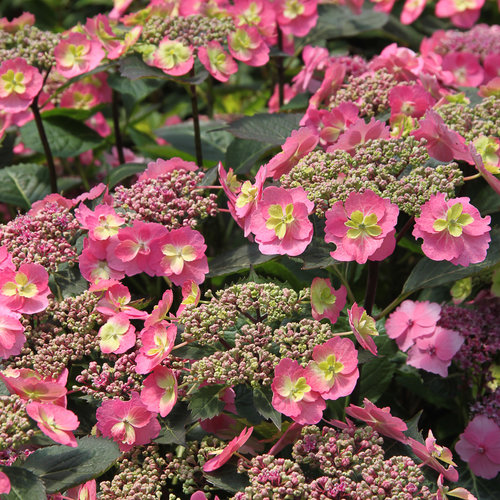
- A reblooming mountain hydrangea bush in a garden setting. The bush is surrounded by other flowers and plants.
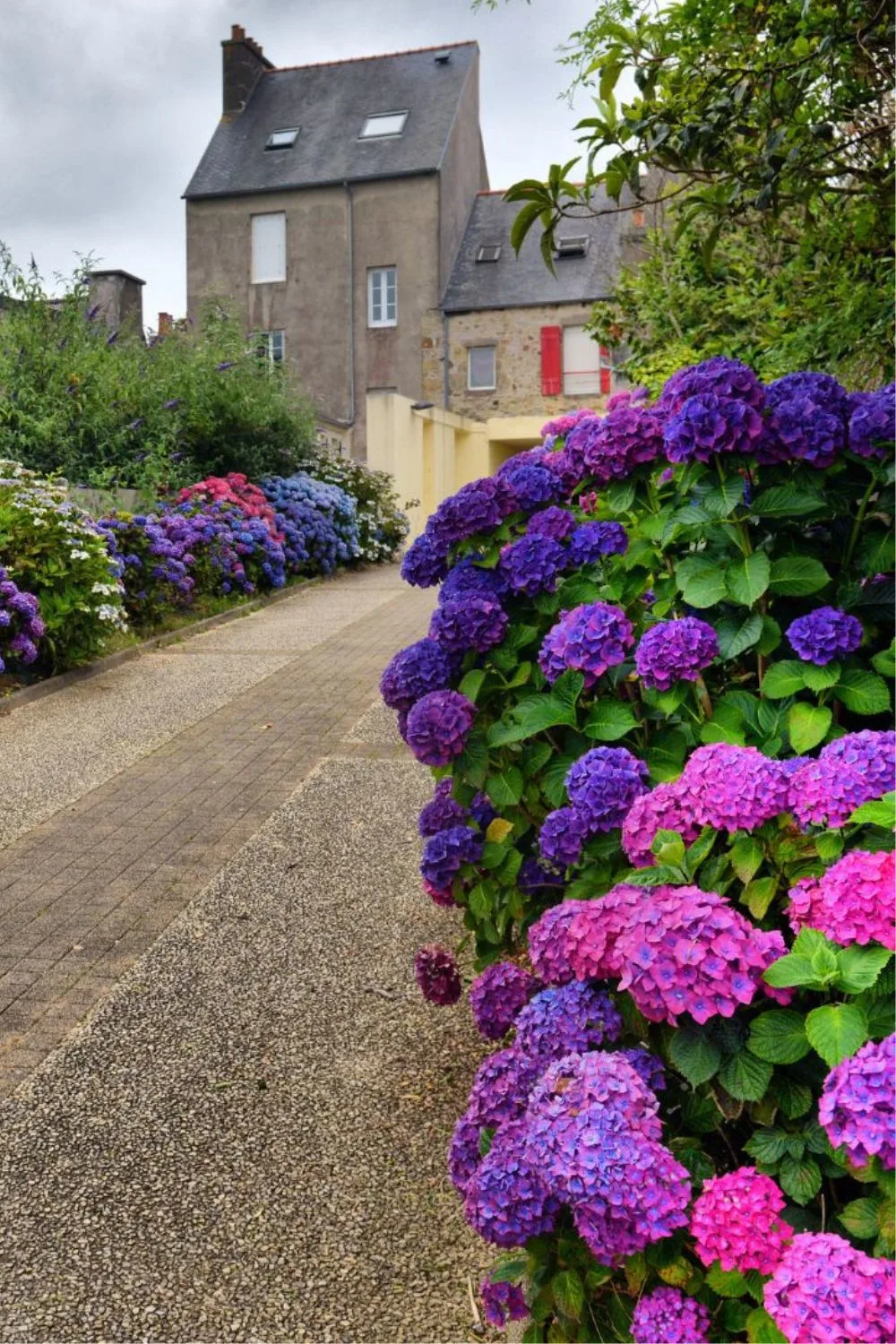
- A reblooming mountain hydrangea bush in a vase. The flowers are arranged in a vase with other flowers and greenery.
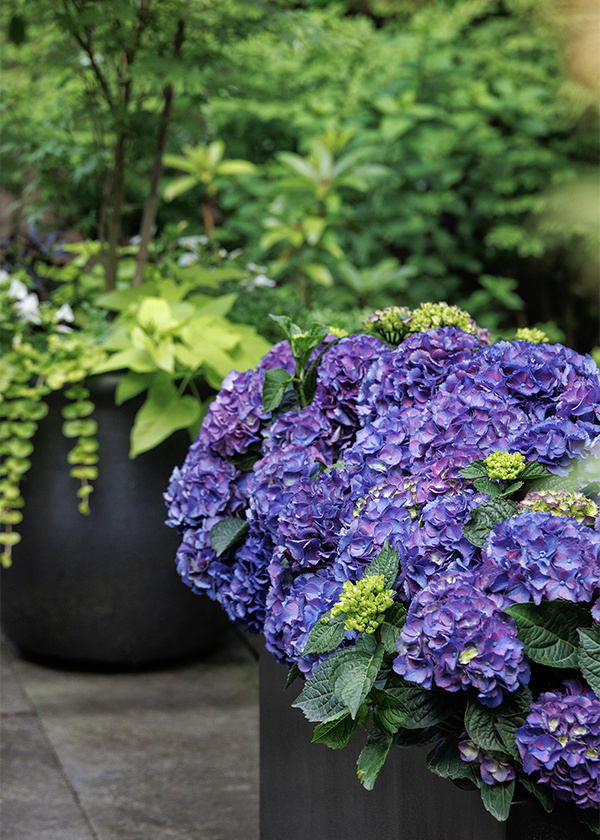
Post a Comment for "Reblooming Mountain Hydrangea: The Ultimate Guide"